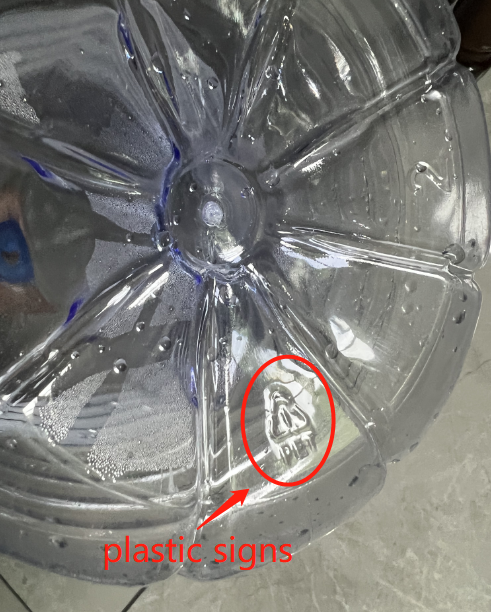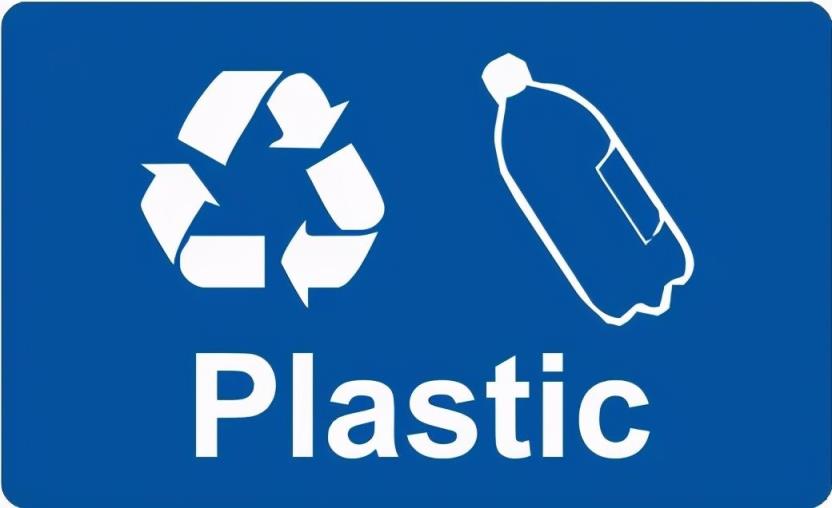At the bottom of a beverage bottle or other plastic container, there is a number (it is a triangle with an arrow, and there is a number inside the triangle), which represents different meanings. Plastic is widely used in beverage and food packaging in the market, and many people have insufficient or no understanding of its toxicity. It is now classified as follows for learning.

| Sign | Description |
 | PET (polyethylene terephthalate) is commonly used in mineral water bottles and carbonated beverage bottles, with a heat-resistant temperature of 70 ° C. It is only suitable for warm or frozen drinks and can be used to hold high-temperature liquids or easily deform upon heating, which may cause harmful substances to melt out. Therefore, when beverage bottles are used up, they should be discarded and should not be used as water cups or storage containers to hold other items. They should not be placed in the car to bask in the sun, and should not be filled with substances such as alcohol and oil. |
 | HDPE (high-density polyethylene), commonly used in white medicine bottles, cleaning products, and shower products, should no longer be used as water cups or storage containers. These containers usually cannot be thoroughly cleaned, so do not recycle them. |
 | PVC (polyvinyl chloride), is commonly used in umbrellas, building materials, plastic films, plastic boxes, etc. Excellent plasticity and low price make it widely used. Currently, it is rarely used for food packaging, and it is best not to purchase or use it. This material is prone to the production of harmful substances at high temperatures, and even during the manufacturing process, it can be released. Toxic substances entering the human body with food may cause diseases such as breast cancer and congenital defects in newborns. Do not purchase drinks if they are packaged. |
 | LDPE (low-density polyethylene), is commonly used as cling film, plastic film, etc. Harmful substances are produced at high temperatures, which may cause breast cancer, congenital defects in newborns, and other diseases after entering the human body with food. Keep the plastic wrap away from the microwave. |
 | PP (polypropylene), is commonly used in soy milk bottles, yogurt bottles, juice beverage bottles, microwave lunch boxes, etc. The melting point is as high as 167 ℃, making it the only plastic box that can be put into a microwave oven and can be reused after careful cleaning. Please note that some microwave oven lunch boxes are made of No. 5 PP, but the lid is made of No. 1 PE. Due to the inability of PE to withstand high temperatures, it cannot be placed together with the box in the microwave oven. |
 | PS polystyrene, is commonly used in bowl-filled instant noodle boxes and fast food boxes. It should not be placed in the microwave to avoid the release of chemicals due to excessive temperature. After containing acids (such as orange juice) and alkaline substances, they will decompose into carcinogens. Avoid using fast food boxes to pack hot food. Don’t microwave instant noodles. |
 | Other types of PC, including water bottles, space cups, and baby bottles. Supermarkets often use water cups made of this material as gifts. It is easy to release the toxic substance bisphenol A, which is harmful to the human body. Do not heat when using and do not expose to direct sunlight. |



